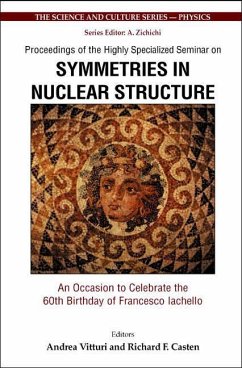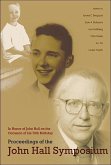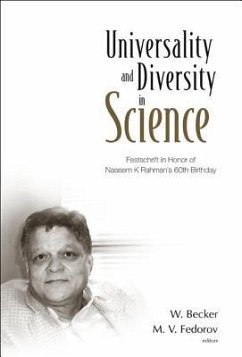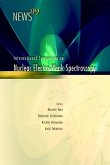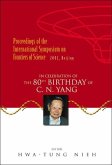The Highly Specialized Seminar on "Symmetries in Nuclear Structure," held in Erice, Italy, in March 2003, celebrated the career and the remarkable achievements of Francesco Iachello, on the occasion of his 60th birthday. Since the development of the interacting boson model in the early 1970s, the ideas of Iachello have provided a variety of frameworks for understanding collective behaviour in nuclear structure, founded on the concepts of dynamical symmetries and spectrum-generating algebras. The original ideas, which were developed for the description of atomic nuclei, have now been successfully extended to cover spectroscopic behaviour in other fields, such as molecular or hadronic spectra. More recently, the suggestion by Iachello of critical point symmetries to treat nuclei in shape/phase transitional regions has opened an exciting new front for both theoreticians and experimentalists. The talks presented at the meeting covered many of the most active forefront areas of nuclear structure as well as other fields where ideas of symmetries are being explored. Topics in nuclear structure included extensive discussions on dynamical symmetries, critical point symmetries, phase transitions, statistical properties of nuclei, supersymmetry, mixed symmetry states, shears bands, pairing and clustering in nuclei, shape coexistence, exotic nuclei, dipole modes, and astrophysics, among others. In addition, important sessions focused on talks by European laboratory directors (or their representatives) outlining prospects for nuclear structure, and the application of symmetry ideas to molecular phenomena. Finally, a special lecture by Nobel laureate Alex Mueller, on s and d wave symmetry insuperconductors, presented a unique insight into an allied field.
Hinweis: Dieser Artikel kann nur an eine deutsche Lieferadresse ausgeliefert werden.
Hinweis: Dieser Artikel kann nur an eine deutsche Lieferadresse ausgeliefert werden.

